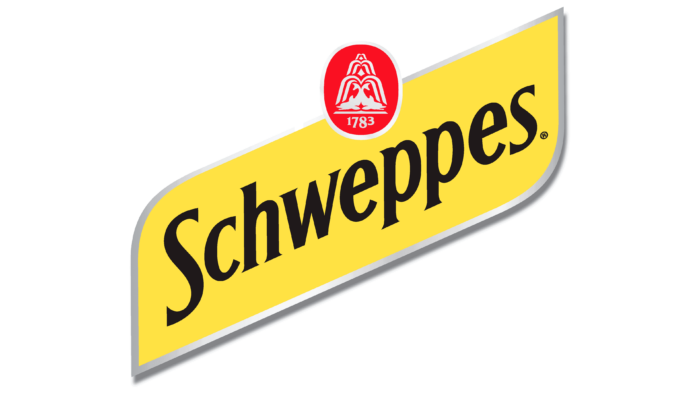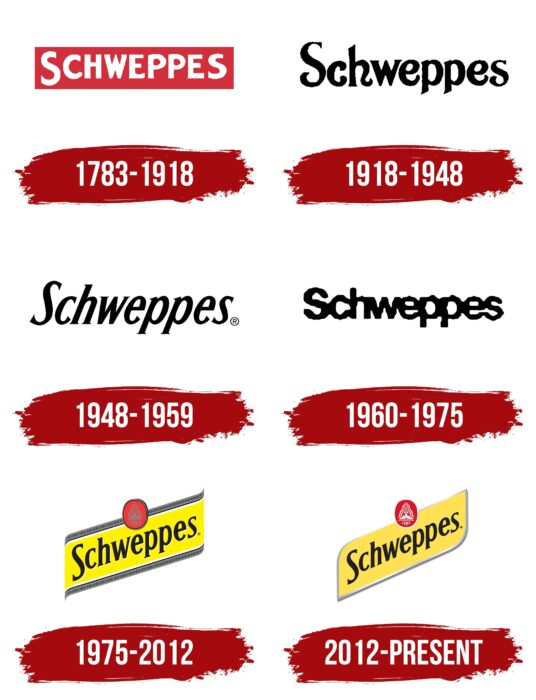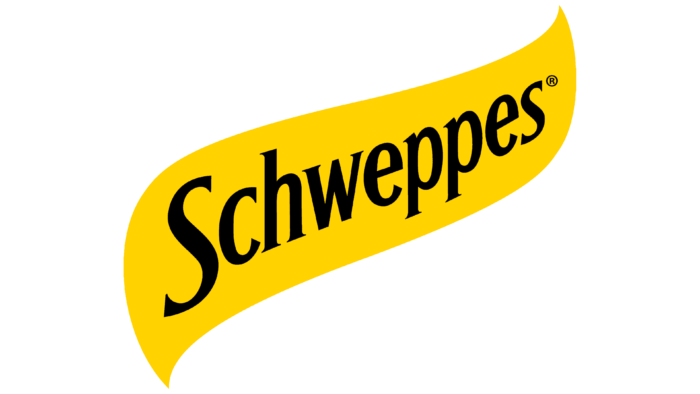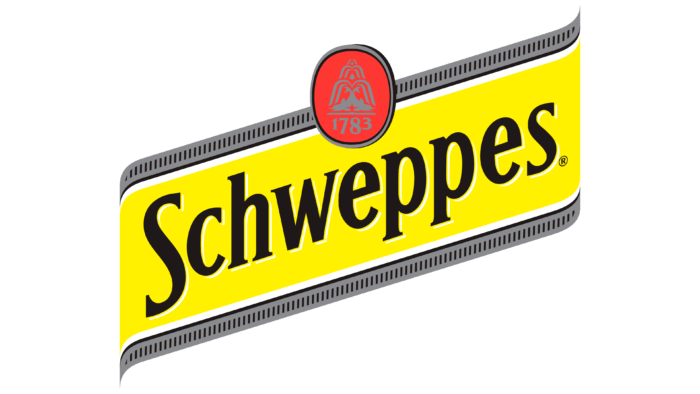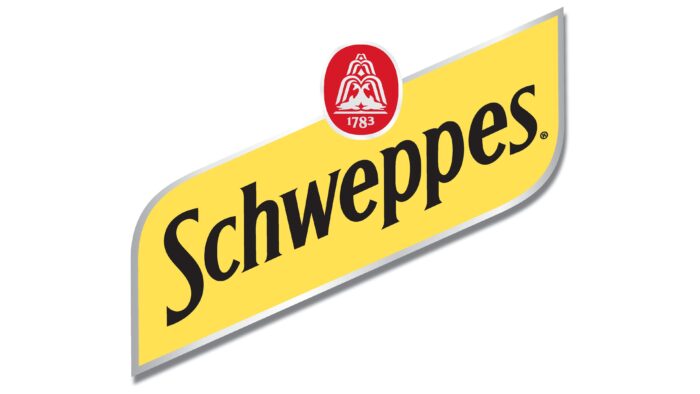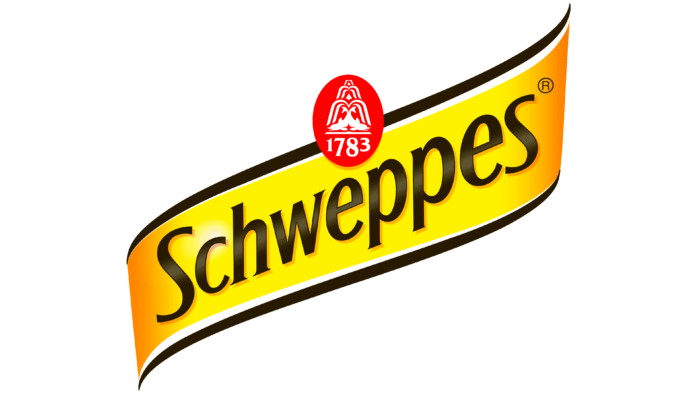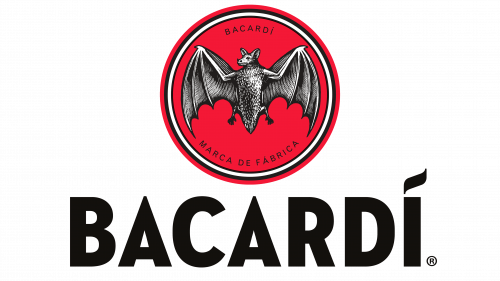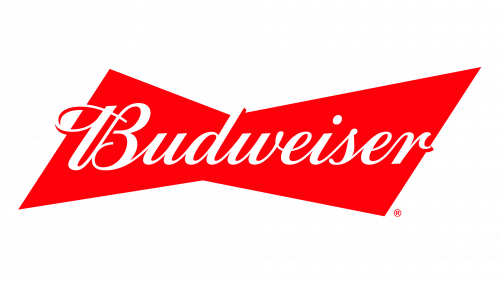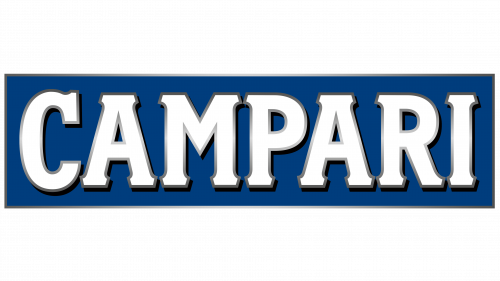“The drinks of the company are the best offer. At any party, they will flow like water and give tasters a fountain of emotions and pleasure,” the Schweppes logo guarantees. With each sip, the taste of lemonade and ale is more pleasant.
Schweppes: Brand overview
| Founded: | 1783 |
| Founder: | Johann Jacob Schweppe |
| Headquarters: | Geneva, Republic of Geneva |
| Website: | schweppes.com |
Meaning and History
The brand was born from a discovery made by the chemist Joseph Priestley. Then Johann Jacob Schweppe offered to make carbonated mineral water bottled in non-permeable bottles based on the innovation. He invented the industrial technology of carbonizing water and organized its sale. At the end of the 18th century, the entrepreneur left Switzerland and moved to London to expand and promote the business. In 1843, his company began selling sparkling mineral water from Holywell Spring in Malvern Hills on the border between the English counties of Herefordshire and Worcestershire.
In 1969, this soft drink producer was renamed Cadbury Schweppes due to its merger with Cadbury. However, their alliance fell apart over time: the company separated again in 2008 because its beverage subsidiary in the United States gained independence and the Keurig Dr. Pepper name. Now, it owns the Schweppes brand in the United States and Canada.
At the same time, the brand has always paid considerable attention to visual identity and marketing. It used graphics to promote itself in the 1920s and 1930s, commissioning several posters from artist William Barribal. Later, the London-based advertising studio STGarland Advertising Service (more specifically, Edward Whitehead) came up with the unique word “Schweppervescence,” which perfectly conveyed the hissing and bursting of bubbles in an open bottle of soda water. After five years of using the phrase in advertising, the agency sold it for £150 to Schweppes.
In addition, the brand innovated in the industrial production of soda and sweet lemonade. The brand has experienced several transitions, mergers, and expansions reflected in its identity. However, it has retained its original style—concise, tenacious, clear, and accurately conveyed in a personal logo. Most of the modernization touched on the typeface, which has survived five revisions.
1783 – 1918
The debut Schweppes logo is notable for its brevity. There is nothing extra in it – only the brand name in bold type. The white letters stand out against the red background, shaped like a rectangle. The letters are in uppercase and the same size, except for the “S,” which is much bigger than the other characters.
1918 – 1948
Typographers radically changed the word “Schweppes,” making it lowercase and less formal. It is now liberal, with thin, curved letters and loose curves. The characters are shaped and rounded (except for the “w”) with flowing lines. The “p” and “h” have sharpened ends of their stems, and the “c” has bold dots. In addition, all letters have serifs, but they are too small to be almost invisible.
1948 – 1959
In the 1948 version, italics appeared for the first time. The slanting spelling of the brand name and the elongated upward letters added to its spontaneity. Later, this version was brought back and made the main one, but this was its debut appearance for now. The designers slightly increased the serifs on the ends, making them much clearer than in the previous emblem. The basic color palette is black and white.
1960 – 1975
The designers redid the Schweppes logo, using simple letters without serifs. As before, black remained the wordmark’s main color, adding seriousness and professionalism to the laconic inscription. The designers connected all the letters so they stand close to each other. However, due to the ample intra-letter space, the lettering does not look heavy.
1975 – 2012
This period is characterized by the appearance of graphic elements and the expansion of the color scheme. For example, a wide yellow ribbon appeared obliquely in the emblem. The authors put the name of the soft drink brand in it, choosing the 1948-1959 version. At the top and bottom of the diagonal rectangle are gray stripes with small black scars. In addition, the Schweppes logo features a medallion that conveys an important historical event in the company’s life. It is a red oval with a double border depicting a three-tiered silver fountain. The year of the beginning of bottling the sparkling water is indicated below.
2012 – today
The current logo almost repeats the previous one but with some adjustments. The developers removed the gray lines at the top and bottom of the tape and made it more diagonal, increasing the inclination angle. Moreover, they changed the background color to discreet beige (closer to golden) and rounded two opposite ends—top left and bottom right. The designers replaced the gray with white on the icon to make the fountain stand out more clearly. They also removed the frame.
Font and Colors
The design of this company’s logo is divided into two periods: before 1975 and after. The initial versions are just a search for their own identity. The later versions, on the contrary, speak of the conceptual maturity of the brand, which finally found its visual style. In 1851, Schweppes was the official drink of the GREAT EXHIBITION, a high-level event held at London’s Crystal Palace. In memory of this event, the brand decided to take the image of the fountain located there. It is represented on the medallion.
Schweppes text logos use several fonts, the most modern ones being Formica Bold Italic, Columbia Serial ExtraBold Italic, and Castle TS Medium Italic. The color palette has evolved from black-and-white monochrome to gold and black glitter—the intermediate versions also present red, gray, and warm shades of yellow.
